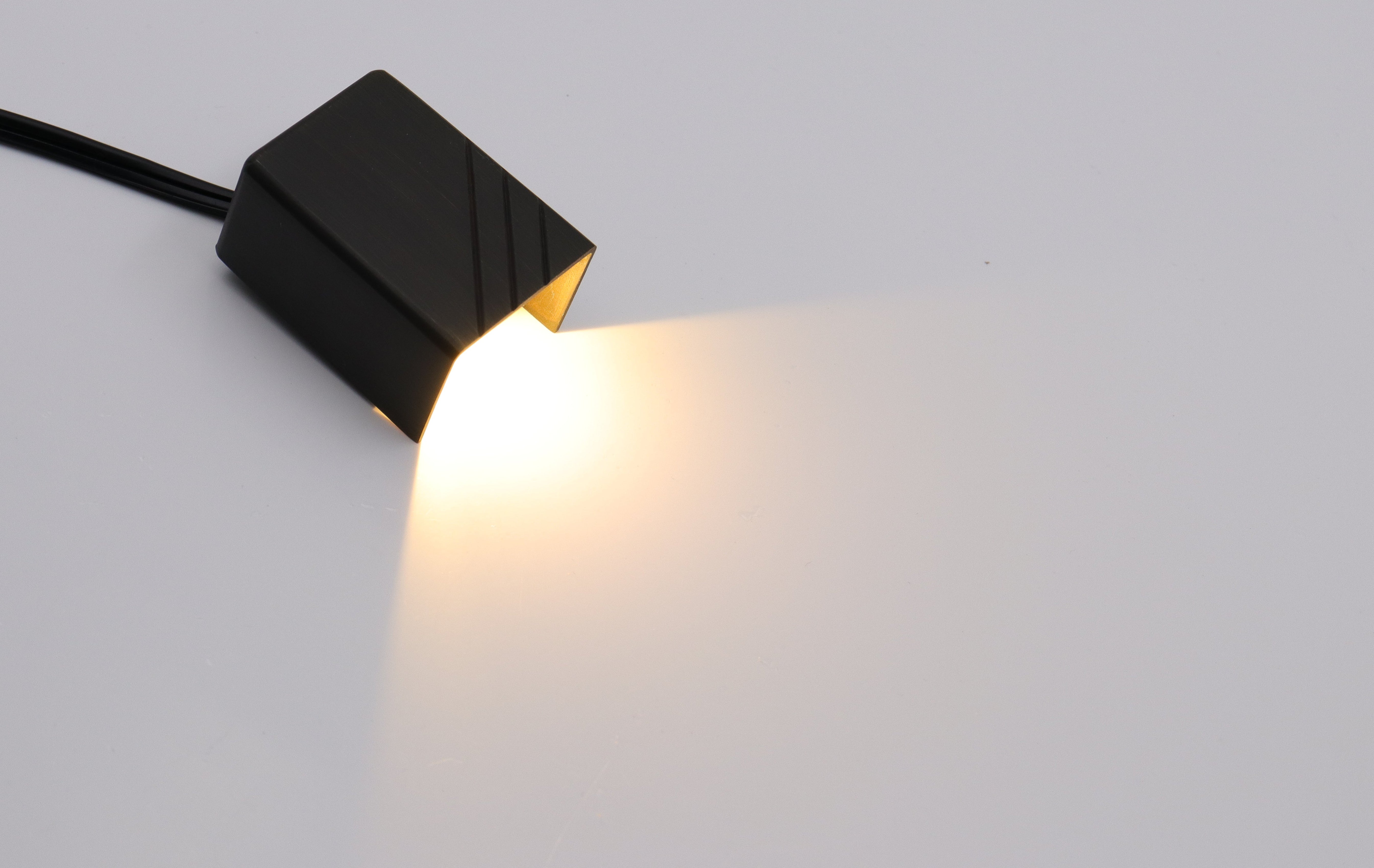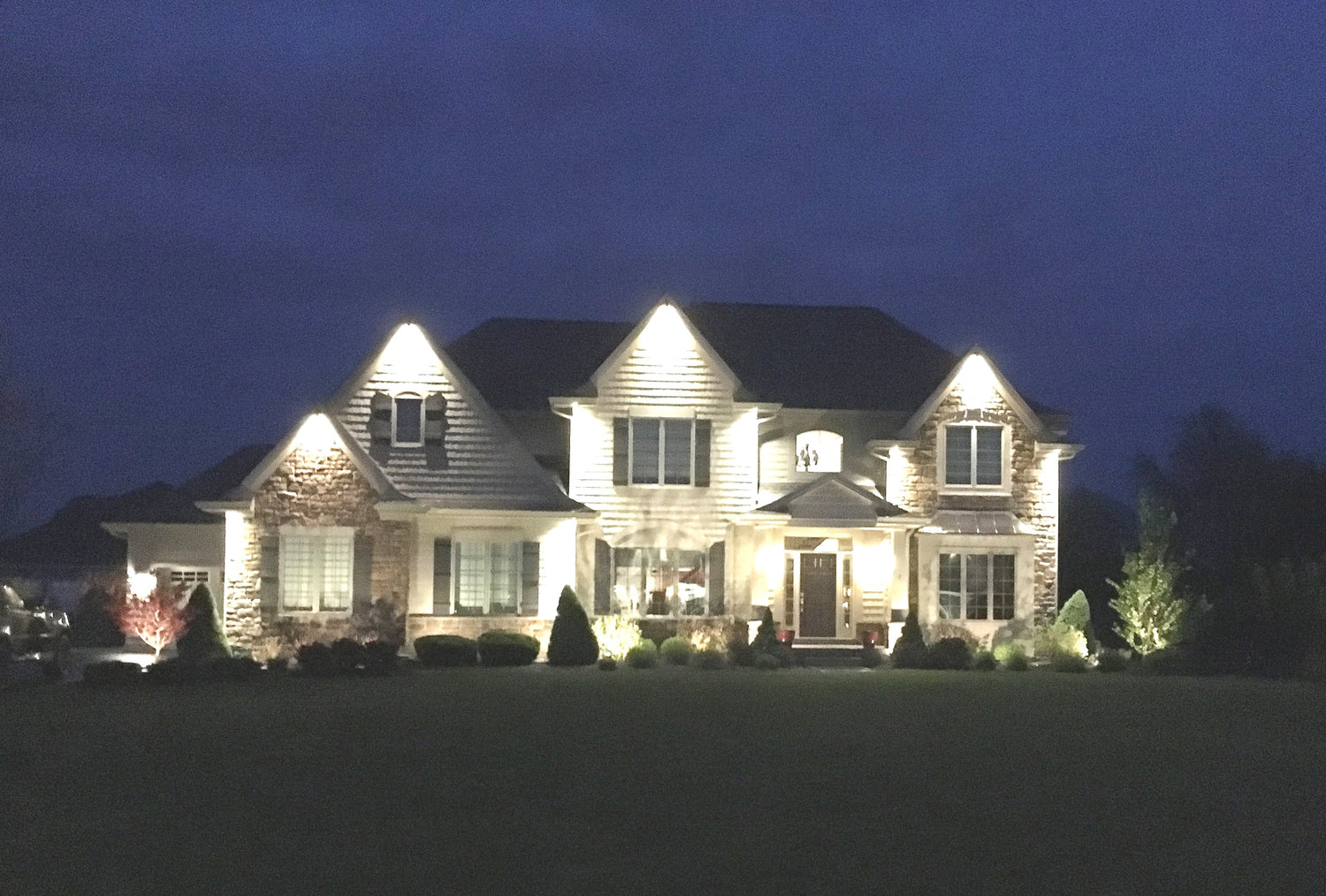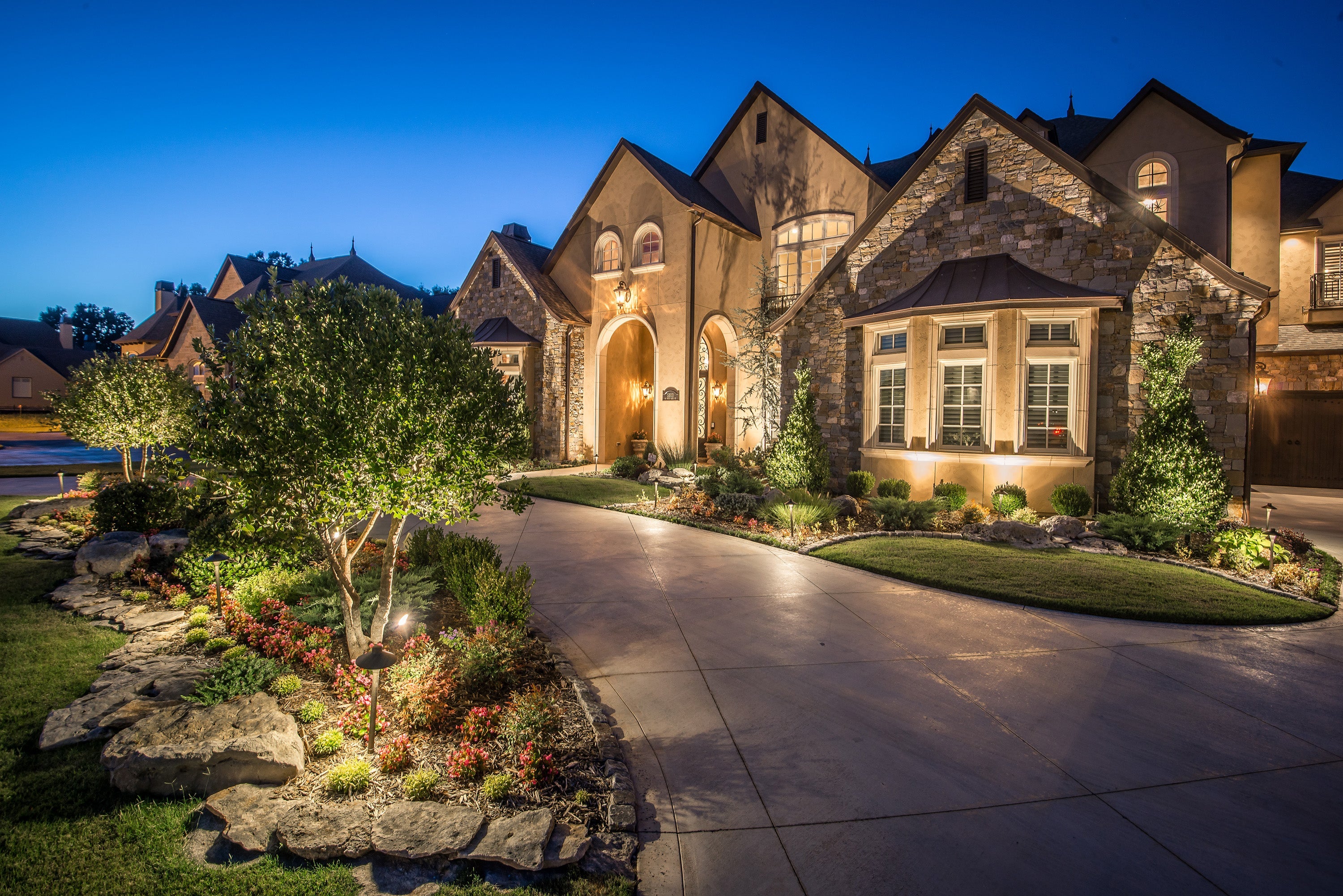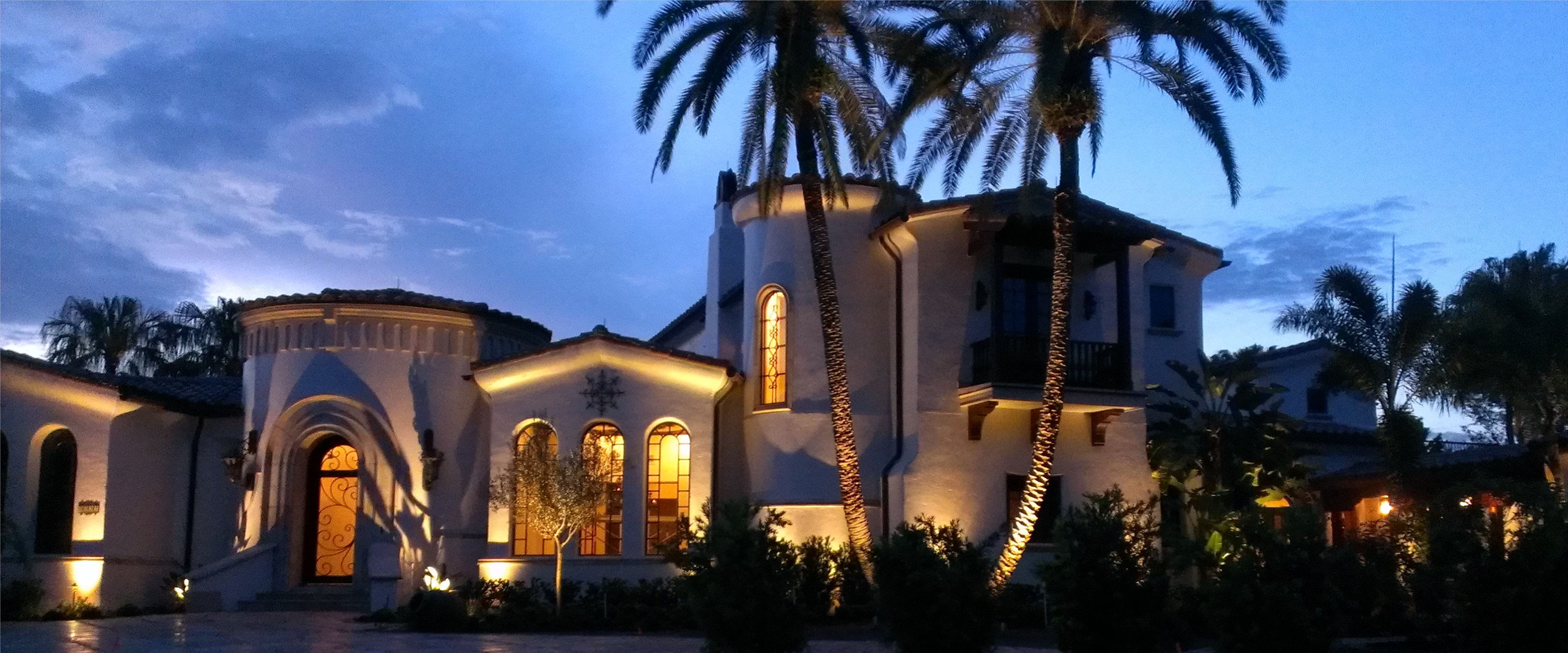|
Pros of Low Voltage Landscape Lighting |
Cons of Low Voltage Landscape Lighting |
|
Safety: Operates at 12 volts, much safer than 120 volts. Ideal for wet areas and safe for children and pets. |
Higher Cost: Initial setup includes transformers and fixtures, costing more upfront. |
|
Energy Efficiency: Uses less electricity, reducing monthly energy bills and environmentally friendly. |
Limited Brightness: Not as bright as standard lights, may not be suitable for large areas. |
|
Flexibility: Easy to rearrange due to compact size, offering design versatility. |
Frequent Bulb Replacement: Bulbs may need more frequent replacements than standard LEDs. |
|
Durability: Withstands outdoor conditions, resistant to weather damage, longer lifespan. |
Complex Installation: May require multiple fixtures for sufficient brightness, more time-consuming to install. |
|
Easy Installation: Simpler and quicker to install than traditional systems, good for DIY. |
Transformer Dependency: Needs a transformer, limiting the number of lights per transformer, may need multiple for large setups. |
What Is Low Voltage Landscape Lighting?
Low voltage lighting operates at a reduced voltage, typically 12 volts, compared to the standard 120 volts found in most household electrical systems. This is achieved through the use of a transformer that steps down the voltage, ensuring safe and efficient operation.
Pros of Low Voltage Landscape Lighting
- Enhanced Safety for Outdoor Spaces: Low voltage systems are much safer than standard systems. This reduced voltage significantly lowers the risk of electric shocks, making it ideal for wet areas or where children and pets play.
- Energy Efficiency Saves Money: These lights consume less electricity, reducing monthly bills and making them environmentally friendly. Learn more about the benefits of low voltage lighting.
- Flexible and Easy to Adjust: Their compact size offers excellent design flexibility, allowing easy rearrangement as your landscape evolves.
- Durability in Harsh Weather: These lights are built for the outdoors and are resistant to damage from changing weather, helping them last longer.
- Simpler Installation Process: Installing low voltage lighting is generally simpler, requiring less wiring. It's especially attractive for DIY enthusiasts.

Cons of Low Voltage Landscape Lighting
- Higher Initial Investment: Requires transformers and specialized fixtures, increasing upfront costs.
- Limited Brightness Levels: These lights are not as bright as high-voltage alternatives and may not suit large or security-focused areas.
- More Frequent Bulb Replacement: Bulbs may need more frequent changes compared to standard high-voltage LEDs.
- Complex Installation with Multiple Fixtures: To achieve similar brightness, more lights are often needed, complicating layout and increasing installation time.
- Transformer Dependency and Limitations: These systems require a transformer, which limits how many fixtures can be connected. Large setups may need multiple transformers.
Applications of Low Voltage Landscape Lighting
- Pathways: Offer clear, safe visibility for walking areas after dark.
- Gardens: Highlight flower beds, trees, statues, and water features without overpowering the space.
- Architectural Details: Enhance features like columns, archways, and stone facades to increase curb appeal.
- Entertainment Spaces: Perfect for patios and decks, providing cozy, functional illumination for gatherings.
- Durability with Brass Fixtures: Choosing durable fixtures, like brass, is important for longevity. Brass is weather-resistant and maintains its appearance over time, making it a practical choice for outdoor lighting.

The Bottom Line
Low voltage landscape lighting offers a balance of safety, energy efficiency, and aesthetic appeal for outdoor spaces. While it comes with a higher initial investment and some limitations in brightness and complexity, the benefits of enhanced safety, design flexibility, and durability make it a valuable choice for many homeowners. Its applications in enhancing pathways, gardens, architectural details, and entertainment spaces demonstrate its versatility, making it an ideal solution for a variety of outdoor lighting needs.






Leave a comment
All comments are moderated before being published.
This site is protected by hCaptcha and the hCaptcha Privacy Policy and Terms of Service apply.